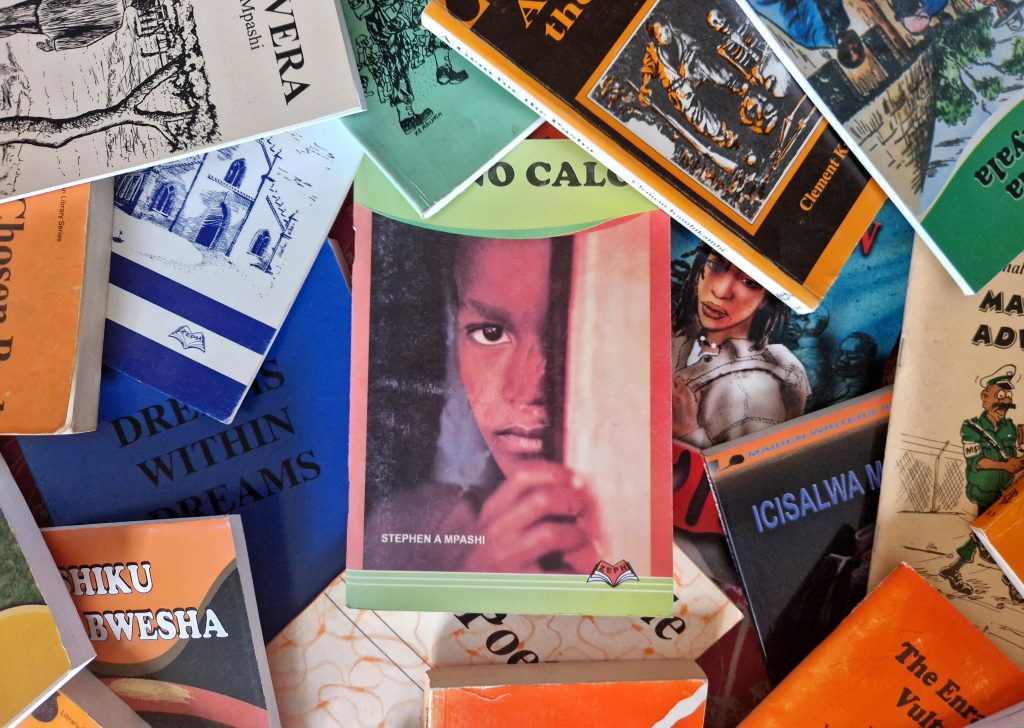An Overshadowed Literature: Mapping the Field
In the southern winter of 2011, outside the Faculty of Humanities and Social Sciences at the University of Zambia in Lusaka, a bright orange banner advertised the forthcoming production of a student play. Below the details of the play and the place and time of its performance, the banner stated on behalf of the university’s drama society: “We love our culture”. A few dozen paces away, the University’s main library houses manuscripts of other plays written and produced by the students, as well as many other Zambian literary texts in several languages. Outside the campus, the building of Chikwakwa – the pioneering people’s theatre active in the 1960s and 70s – was still standing. In the streets, bookshops, shopping malls and churches of Zambia’s capital city, there was plenty of evidence that the culture-loving spirit of the university students was shared by many others.
This two-year (2008-2010) research project funded by the British Academy sought to map the fluid and multi-layered field of Zambian literature in English, at the time when it seemed fair to say that no Anglophone Zambian literary texts were circulating internationally, either on outside the African continent. The rights to the novels of Dominic Mulaisho, published in the 1970s in the African Writers series, had long been returned; the event that was the 2019 publication of Namwali Serpell’s intercontinentally acclaimed historical novel The Old Drift was still over a decade away. Yet it was not true then–and it is, more obviously, not true now–that Zambia is ‘a literary desert’, as the facile cliché widely circulated at the time had it. The absence of literary texts available for intercontinental canonization in the decades between the (differently weighted) appearances of Mulaisho and Serpell in the literary Anglosphere gives rise to a host of research questions related to the positioning of African literature in the global literary marketplace, and the contemporary idea of literariness more broadly. These questions are still pertinent today.
Some of the materials that went into preliminary answers I was formulating in and around 2011 are available on the webpages of the Janheinz Jahn Library for African Literature at Johannes Gutenberg University in Mainz. They are: a bibliography of Zambia’s literature in English (self-consciously rough-edged and unfinished) and a (complete) bibliography of one of this literature’s foundational vehicles – the literary magazine New Writing from Zambia, produced in Lusaka and circulated nationally in the first decade of state independence. I remain grateful to the Jahn Library and its director Dr Anja Oed for the multiple kinds of hospitality extended to this research over the years.

